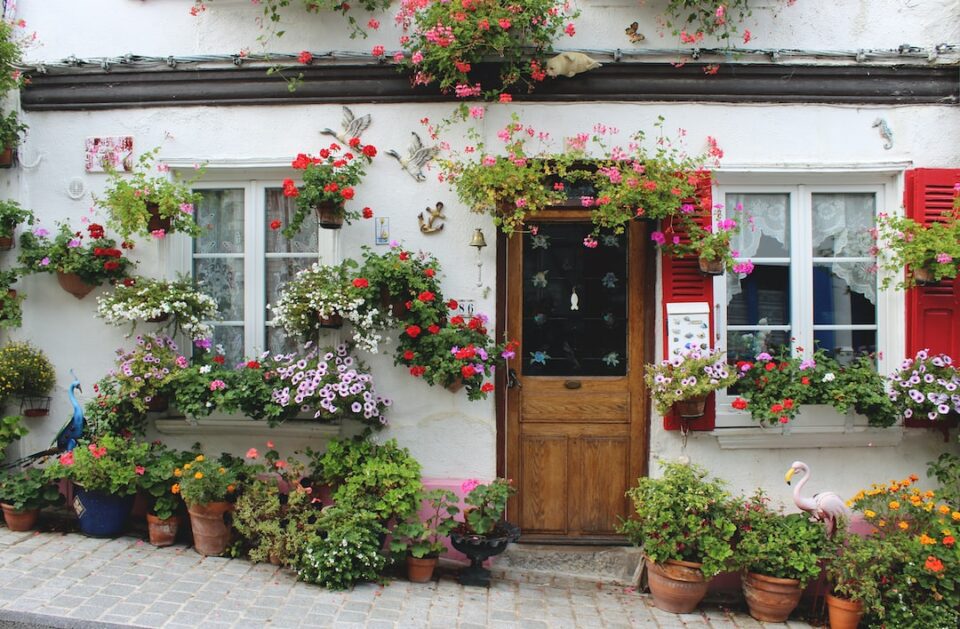The Art of Bonsai: How to Cultivate Miniature Trees
Bonsai, the ancient Japanese practice of cultivating miniature trees, has become a beloved art form worldwide. These tiny trees, meticulously cared for and shaped, bring a sense of tranquility and beauty to any space they occupy. If you’re interested in exploring the art of bonsai and learning how to create and maintain your own miniature tree, this guide is for you.
Choosing the Right Tree:
The first step in bonsai cultivation is selecting the right tree. There are various species suitable for bonsai, including juniper, maple, pine, and ficus. Consider your climate and the type of care required when choosing a tree. Additionally, decide if you prefer an outdoor or indoor bonsai tree, as this will influence both the tree species and care regimen.
Potting and Soil:
Once you have chosen your tree, it’s time to pot it. Select a pot that complements the size and style of your bonsai. The pot should have drainage holes to prevent waterlogging. As for the soil, opt for a well-draining mix specifically formulated for bonsai cultivation. This allows adequate oxygenation of the roots and prevents root rot.
Pruning and Shaping:
Pruning is a crucial aspect of bonsai cultivation. Regular pruning helps maintain the desired shape, removes dead or overgrown branches, and encourages healthier growth. There are different pruning techniques, including “clip and grow,” which involves selective trimming to encourage desired growth patterns, and “wiring,” where copper or aluminum wire is wrapped around branches to guide their growth. Remember to use sterile tools, such as bonsai shears, to prevent infection.
Watering and Fertilizing:
Watering and fertilizing play significant roles in the health and growth of your bonsai. Water your miniature tree thoroughly, ensuring the water reaches the roots. While the frequency of watering depends on various factors such as tree species, climate, and pot size, it’s important to strike a balance. Overwatering can lead to root rot, while underwatering can cause the tree to wither. Similarly, fertilize your bonsai regularly using a balanced, slow-release fertilizer specifically formulated for bonsai to provide essential nutrients.
Sunlight and Temperature:
Just like any other plant, bonsai trees require adequate sunlight to thrive. Place outdoor bonsai trees in a location that receives morning sun and partial shade in the afternoon. Indoor bonsai trees need access to bright, indirect sunlight for several hours a day. Monitor your miniature tree closely, as too much direct sunlight can harm it. Additionally, maintain an appropriate temperature for your bonsai. While specific temperature requirements vary for each tree species, most bonsai prefer temperatures between 60-80°F (15-27°C).
Repotting and Root Care:
As your bonsai tree grows, it will require repotting to provide fresh soil and promote root health. Repotting should typically be done every two to three years or when the tree outgrows its pot. During repotting, carefully trim away any unhealthy or congested roots and replace the old soil with fresh bonsai soil. This process ensures proper root growth and overall tree vitality.
Patience and Dedication:
The art of bonsai is not for those seeking instant gratification. Bonsai requires patience, dedication, and continuous care. It’s a long-term commitment, but the rewards are undoubtedly worth it. With time, your miniature tree will develop a unique character and reflect both your skill and artistic vision.
Bonsai as a Form of Self-Expression:
Beyond the technical aspects of bonsai, this art form allows for self-expression and personal creativity. Each bonsai is a reflection of its creator, and no two trees are the same. The choices you make regarding tree species, shaping, potting, and care will result in a distinctive miniature tree that resonates with you personally. Embrace the opportunity to immerse yourself in this creative process and let your passion for bonsai shine through.
In conclusion, bonsai is an art form that provides a gateway into a world of patience, cultivation, and self-expression. Through careful selection, meticulous pruning, and proper care, you can create and nurture your own miniature masterpiece. Remember that bonsai is not simply an object, but a living piece of art that brings nature’s grace and harmony into your life. So dive into the art of bonsai, and may your journey be filled with tranquility, beauty, and endless growth.

